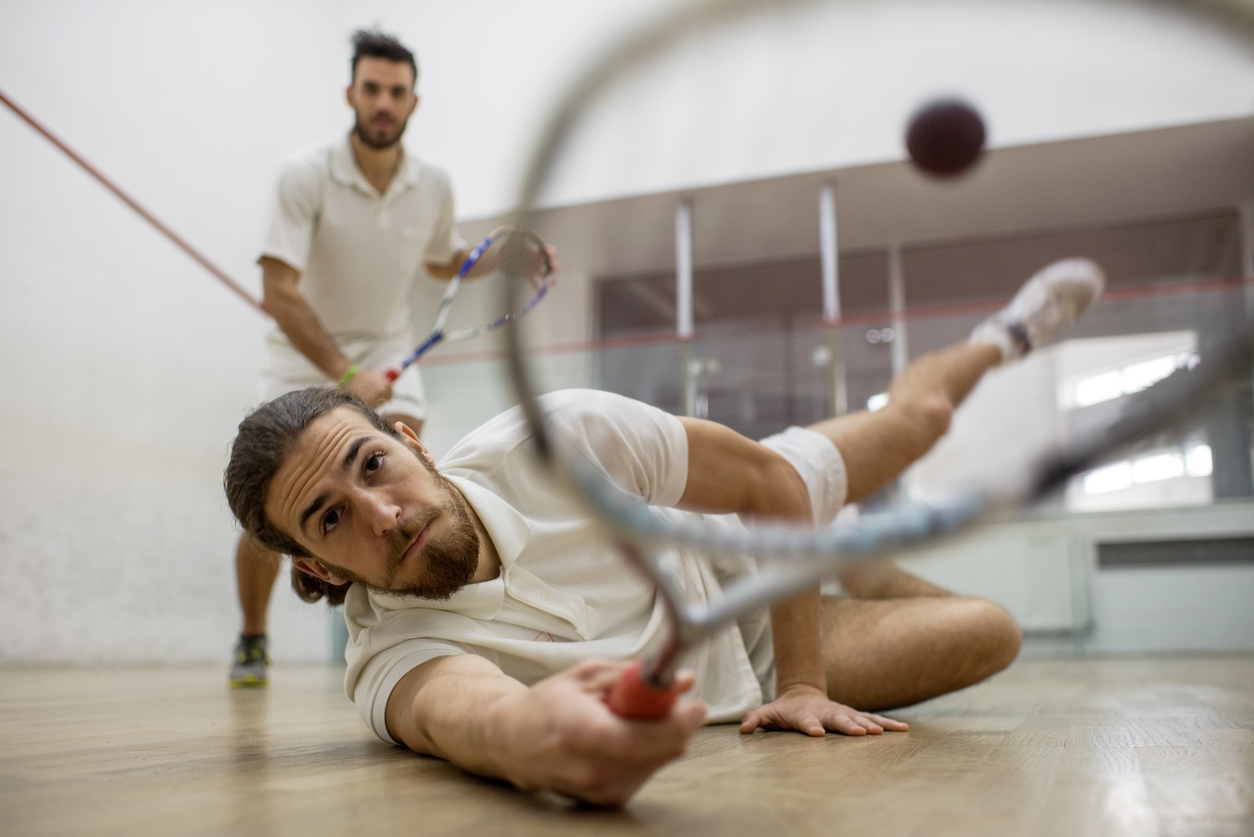
Don't overdo it: how to avoid overuse injuries
Repetition can be a good thing. But there also are times when doing too much of something can backfire. In the world of physical activity, any sport or workout that requires repetitive motions — like tennis, pickleball, running, or golf — can lead to an overuse injury if you’re not careful.
Overuse injuries occur slowly over time. Anyone can be affected, but they are more common in individuals who are very active like athletes or individuals who spend a lot of time sitting at their desk and typing on the computer. Anand Patel, MD, an orthopedic surgeon who specializes in sports medicine and joint replacement at Summit Health, explains how overuse injuries occur and offers advice on how to prevent and treat them.
What are overuse injuries?
An overuse injury is pain, strain, or damage that is caused by repetitive motion or trauma. Any body part can be affected but overuse injuries are commonly seen in the wrists, elbows, shoulders, hips, and knees, explains Dr. Patel.
“Repetitive motion puts stress on the muscles, tendons, and bones, which leads to small injuries and reduced blood supply that delays their ability to heal,” he says. “When these parts of the body are overused, it can also cause tiny tears in the muscle fibers.”
Overuse injury symptoms
- Pain or soreness that gets worse when you move the affected body part
- Limited range of motion
- Swelling and stiffness
- Popping or clicking sensation
- Numbness or tingling
What activities can cause overuse injuries?
Any activity involving repetitive motion puts you at risk for an overuse injury. Playing the same sport for too many months of the year and prolonged use of the mouse, computer, or other electronics are frequent causes of pain and stiffness. Common problems include:
- Tennis elbow
- Golfer's elbow
- Pitcher's shoulder
- Swimmer's shoulder
- Jumper's knee
- Stress fractures
- Wrist and shoulder pain
But it’s not just sports that can cause overuse injuries. Daily activities that require the same motions also put stress on these parts of the body, including:
- Computer use
- Carpentry
- Shoveling snow
- House painting
- Scrubbing
- Gardening
Ways to avoid overuse injuries
- Get the right set up. If you are tied to your computer for most of the day, make sure you have an ergonomic workstation that promotes good posture. Avoid slouching or straining by using a supportive chair and lumbar support pillow. Take frequent breaks to get up, stretch, and move around throughout the day.
- Warm-up with a good stretch. Taking the time for a full body stretch helps keep the muscles flexible and strong. When you skip those limbering warm-ups, the muscles become tight and are unable to move fully when called upon. This puts your body at increased risk for injury. Dr. Patel advises to “warm up and cool down with every workout.”
- Switch up your exercise. Cross-train by alternating between strength training, cardio, and flexibility training. “It's a good idea to wear a brace or bandage, if needed,” he adds. “This helps you avoid movements that put stress on your tendons, muscles, and bones.”
- Schedule on and off days. Breaking up a sports routine can help avoid overuse injuries. “Exercising different areas of the body during a workout spreads out the load and allows your muscles, tendons, and bones to rest and heal,” says Dr. Patel.
- Set the right pace. When starting a new workout or routine, ramp up slowly. Gradually adding more time to your run or an extra set of reps to your weight training will help you avoid overuse injuries. Do not take on too much at once.
- Listen to your body. If you are in pain or something just doesn’t feel quite right, take a break. “When left untreated, chronic inflammation can cause the muscles and tendons to deteriorate. This can lead to weakness and disruption in the affected area,” he says. “It can also be a source of chronic pain.”
Overuse injury treatment
One word: rest. “The most important suggestion is to rest the affected body part,” Dr. Patel says. “Then speak to your doctor about the right time to start physical therapy, which helps your body gradually readjust to normal amounts of strain and prevent reoccurrence.”
When conservative treatment is not successful, medications and corticosteroid injections can be used to decrease inflammation. In very rare circumstances, surgery may be needed.
Don’t let the potential for an overuse injury deter you from enjoying physical activity. Playing sports or engaging in fitness offers numerous positive benefits for most people — just be sure to listen to your body, stretch before and after, and give yourself a break from repetitive motions.

We’re ready to care for you.
Visit any CityMD urgent care location in your community today for an evaluation with one of our expert providers.